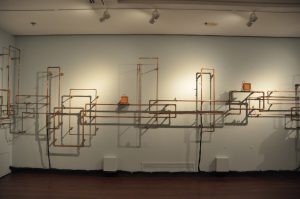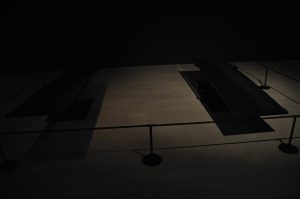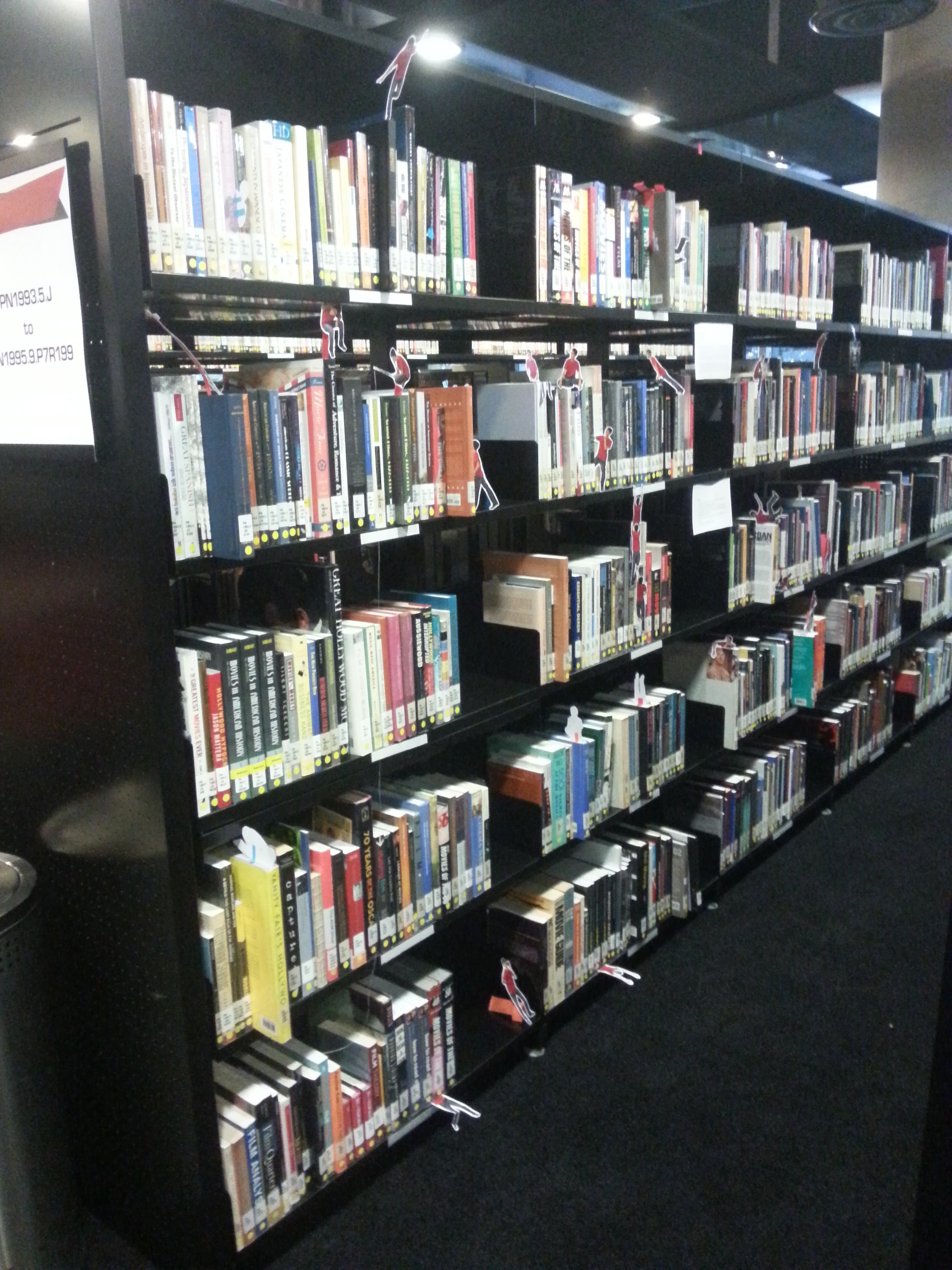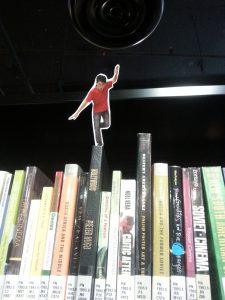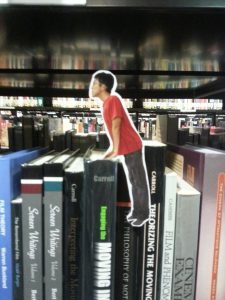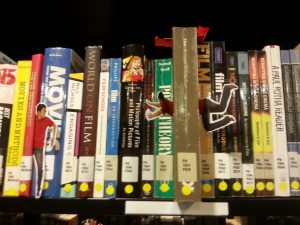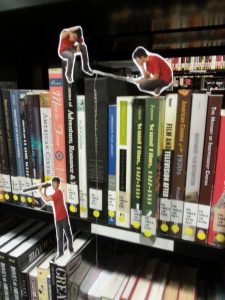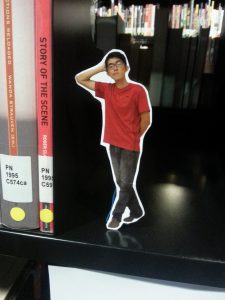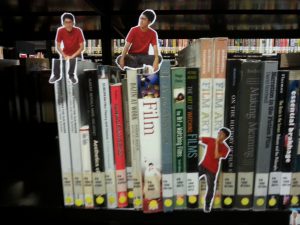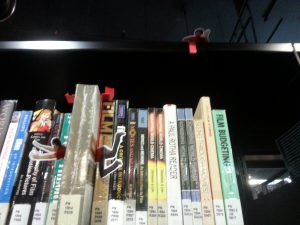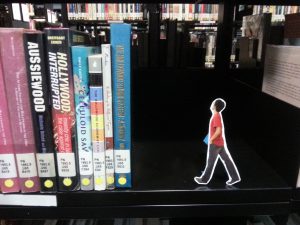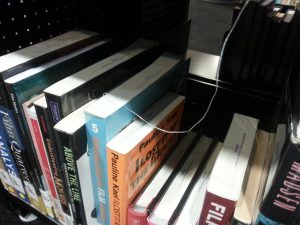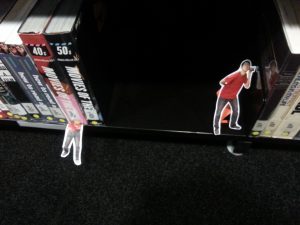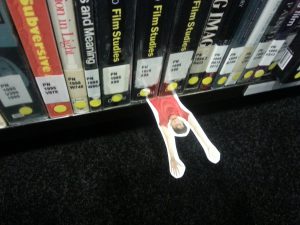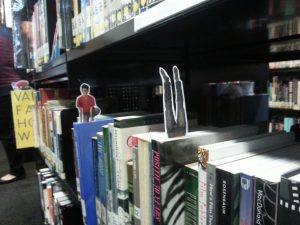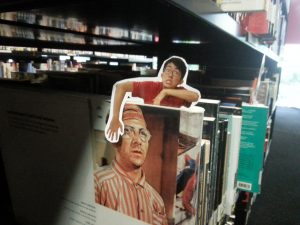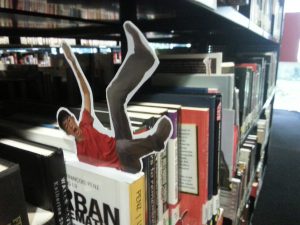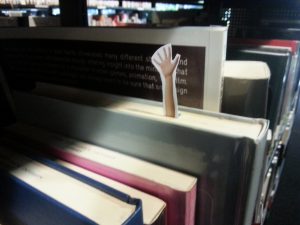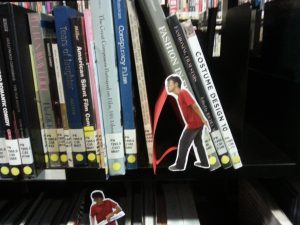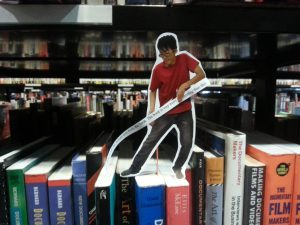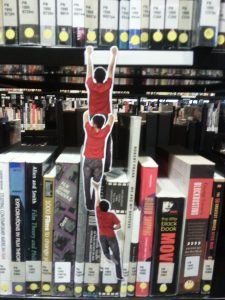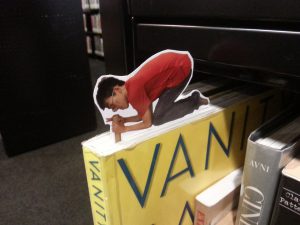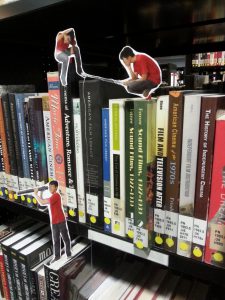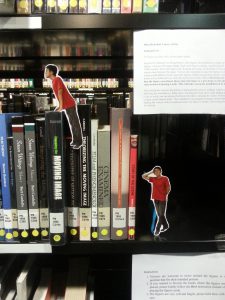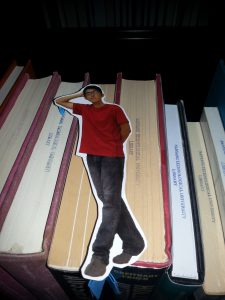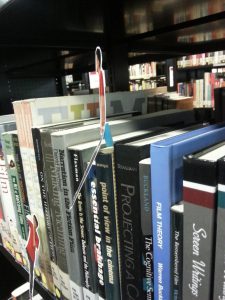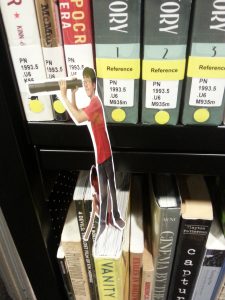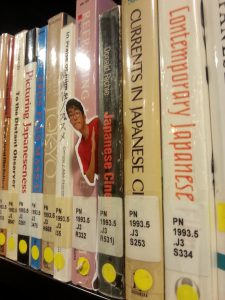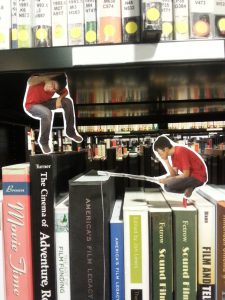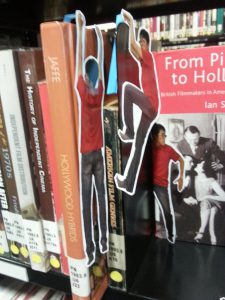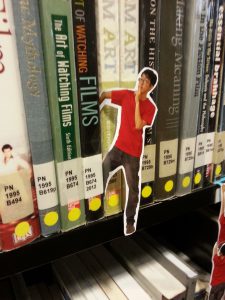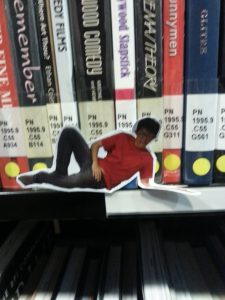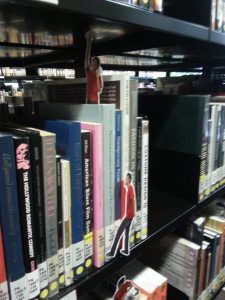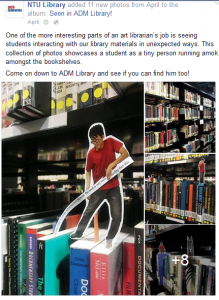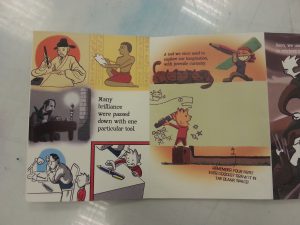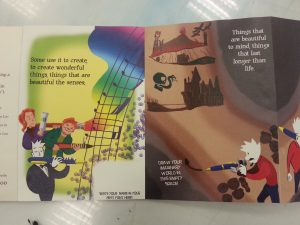Sound art is usually set as an installation, because they’re not really a better way to appreciate this type of artistic discipline by discipline ourselves before the medium. Just like any other art, sound art does not required to be publicly-accepted-melodious conventionally, we can find its inspiration from daily routines, places we can’t experience as we like, or places we will never be. Whether or not the sound art is engaging is what we can appreciate from the piece. What’s amazing that sound art can be appreciate with and without our vision, or more like, the audio experience are the main body of the art but enhanced by the visual aesthetics of the artwork.
Since the visit to SAM, I’ve encountered several pieces of sound art, such as
Raising Spirits and Restoring Souls (left, 2015) by Zulkifle Mahmod and Too Far, Too Near (right, 2015) by Ong Kian Peng. The two pieces are the first two sound art I’ve ever encountered, and they have always stuck in my head for sometimes after the visit. However, since I’m able to research for more sound art overseas, I decided to surf the web and explore this medium.
Among the results I found, I find Lola Gielen’s Neo (A music instrument everybody can play.) more interesting than others.
Lola Gielen, a newly graduated product designer from the Design Academy in Eindhoven, created her instrument named NEO with a Raspberry Pi computer running on Python script. The python allows the Raspberry CPU to process the sensors for both the instrument and extra attachments’ sensors. The instrument is simple to play by placing the beads contained in the center onto the little pits on the main body, a rhythmic looping music will then start playing accordingly to the placement of the beads. This music are just composed to simple notes and the tighter the beads are placed apart, the faster the rhythm will be.
The piece resonances with people who are not talented in musical instruments like me. The intention behind this piece are clearly claimed in the title, a musical instrument which everyone can play. The artist wanted to give a musical experience for people who don’t regularly have time and talent to play instruments. Viewers are able to interact with the instrument while create a unique piece of music through different arrangement of the beads. It is similar to computer coding/looping software but the users can make the simpler version of digital music on the spot without any computing devices. This blurs the line between the touchable traditional instruments and digital instruments.
I find this piece interesting as it has an attractive interactivity and functionality. It also breaks the limitation of music creation as creating music won’t be exclusive to people who can play instruments. It can be educational for children or music amateurs and introduced the wonders of sound and music effectively to both groups of people.
Thanks for reading.
